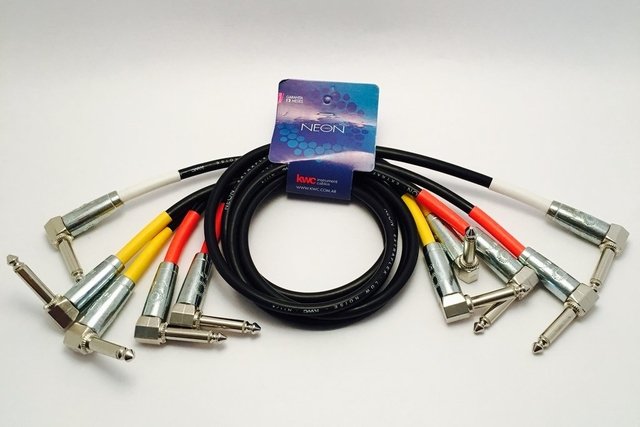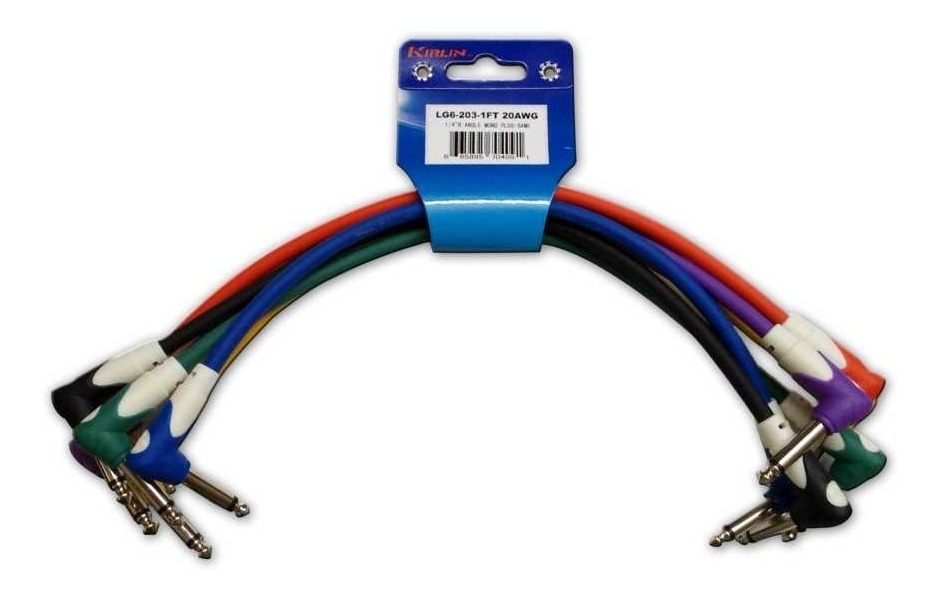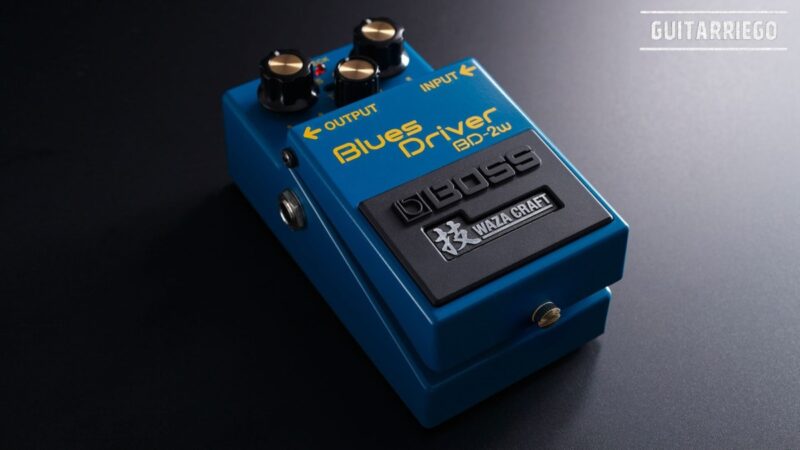Guitar Patch Cables: Myths, truths and recommendations

By Eric Jacobs (*)
When it comes to Guitar Patch Cables there are many myths, in this article we break down the myths that exist around these cables and we give you recommendations for their use.
Myths and hype of interpedal cables
Interpedal patch cables affect tone
As in all aspects of gear, there are points where so much emphasis is placed that it ends up becoming “Hype” or overvaluation of things that do not really have it, and that is the case with patch cables. These pedal connectors are generally very short, (less than 50cm) and with any normal coaxial cable that cannot exceed 50pF, so there is no way they can affect the tone by capacity. If we have 10 pedals we will have 9 interpedals that accumulated will be about 450pF if all the pedals are in TBP, but in most cases there will always be an active or buffered effect pedal, so it is unlikely that this capacity will be reached. This is one of the most frequent myths about interpedal cables.
In my experience, the tone is most affected by the load variations produced by the different impedances in play for each pedal combination. Especially if there is any Vintage Fuzz in the chain. These pedals are the opposite of what they should be, because they have low input impedance and high output impedance (depends on the position of the output level pot). This is something that Jimi Hendrix and his assistant technician had already solved by using buffers before and after the Fuzz.
Issues to consider and interpedal cable recommendations
An interpedal cable worth its salt must be reliable, flexible, quiet, and take up little space. As most pedals have inputs and outputs on their right and left sides respectively, it is important that the plug occupies little space and that it does not make contact with other things, as well as that it is flexible to absorb small movements when pressed, and avoid cable fatigue. Most breaks occur on the live inside the plug.

Suitable interpedal cables
Due to the above, I believe that the most appropriate interpedal cables are injected cables that have the plug injected in plastic together with the cable itself. In addition, these interpedal cables come in various colors which makes it easy to identify when we have complex pedalboards that include a pedal switcher.
Interpedal cables and vintage pedals
Returning to the topic of vintage pedals, we can find pedals that do not have the cabinet earthed as it happens in modern ones. That is why it is important to use cables with insulating plugs to avoid unwanted contacts. Another option is to put heat shrink to cover the metal cap.
Another aspect related to cables is the ground loops that occur when using a multiple source that has common ground for all its outputs. In these cases, a mass loop is formed through each interpedal. By using wiring from the source outputs that is glued to each associated interpedal, we eliminate the loop area and reduce its induction.
Guitar patch cables with solderless plug
It is common for the musician to be tempted to assemble their own patch cables to customize them to their pedalboard. But since they don’t know how to solder, they opt for plugs that are assembled without soldering. I have tested them and measured the contact resistance they have, I do not recommend them at all, they are unreliable and soon they begin to give false contacts with frying noise.
(*) The author is the renowned manufacturer of amplifiers, pedals and other products “Jake Amps”.
Related Articles: Best 12 tips and tricks to setup your pedalboard.
You can share opinions or also chat about this and more with other musicians in our comments section.
For more information and other tips, head over to Guitar Quarter.






